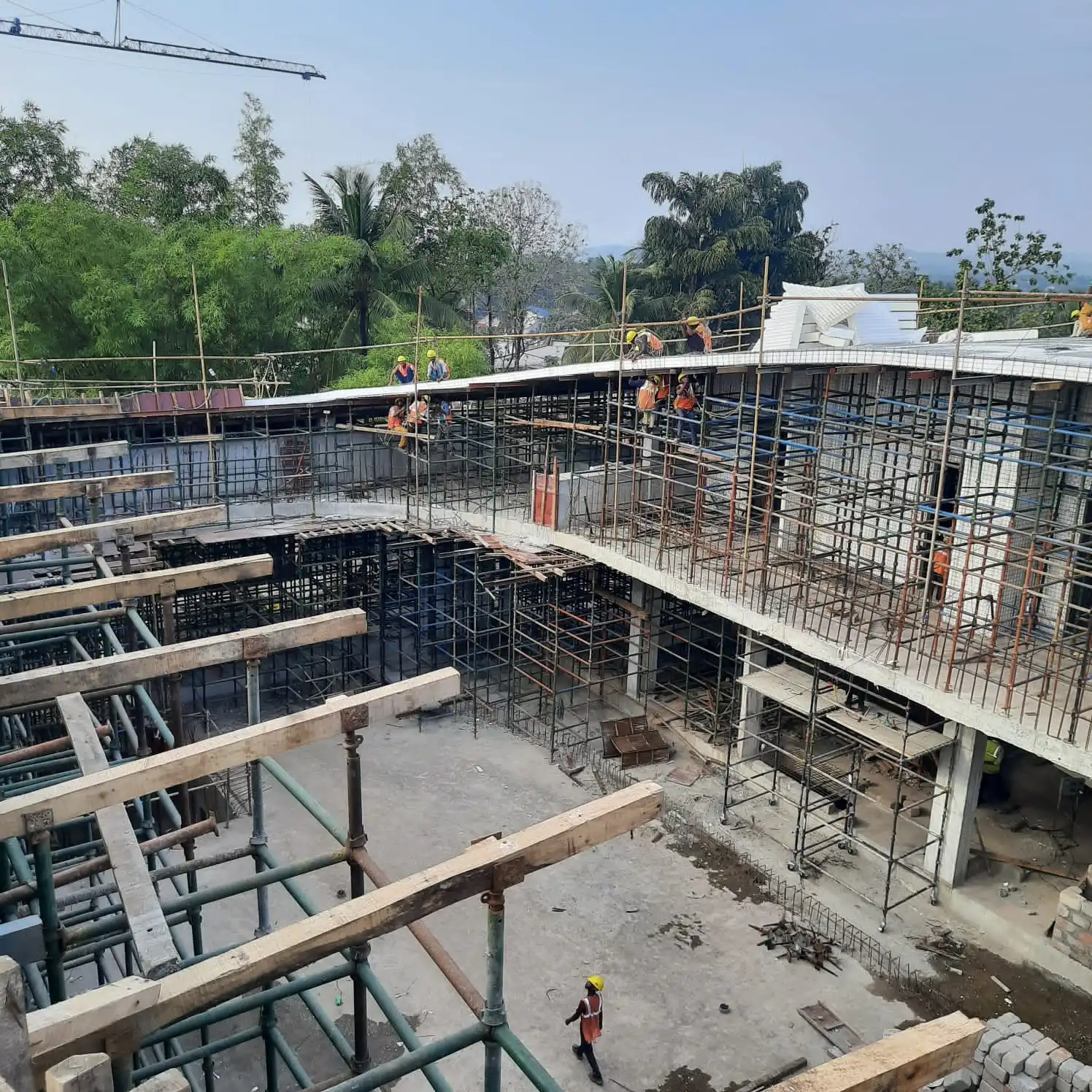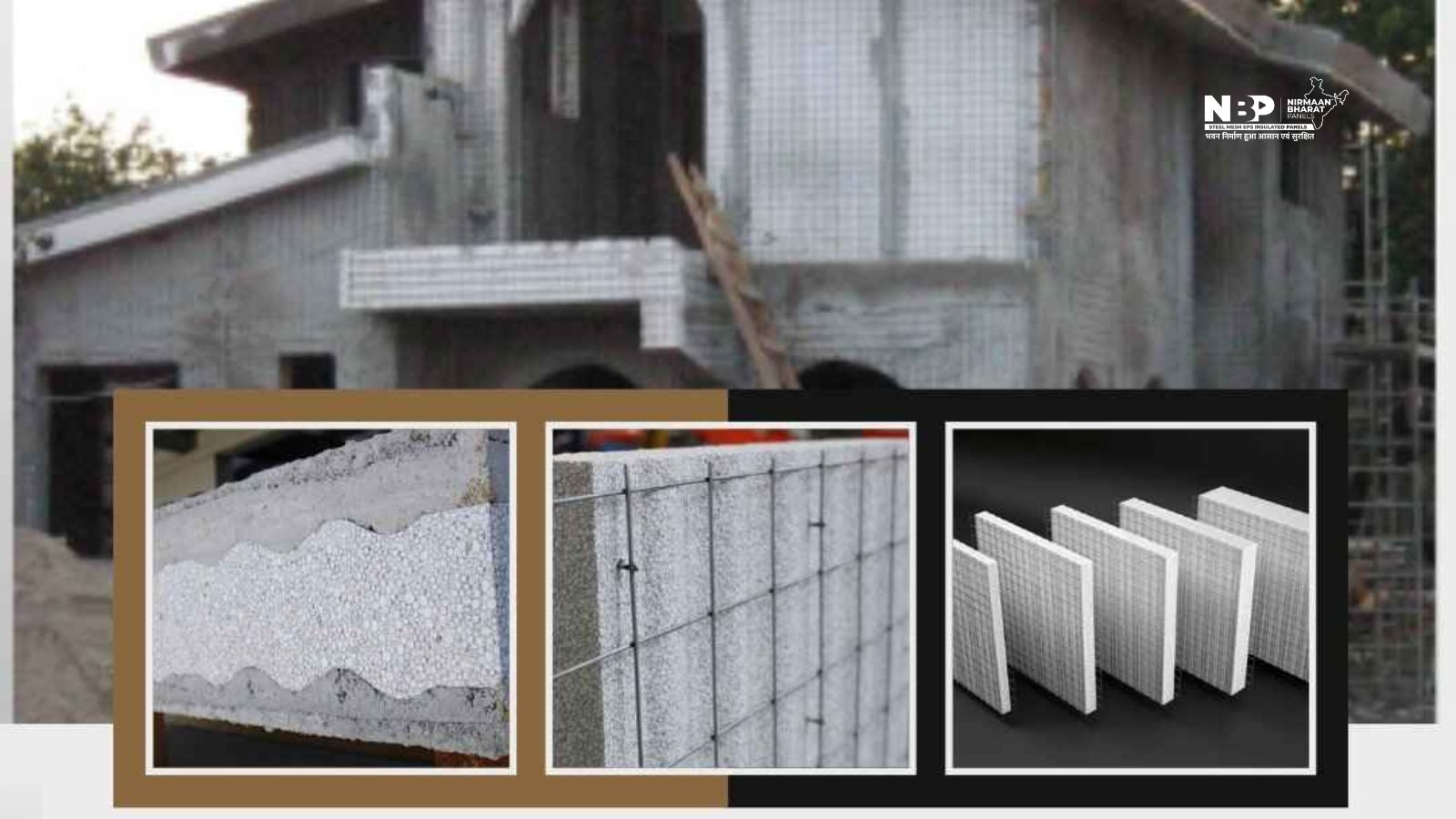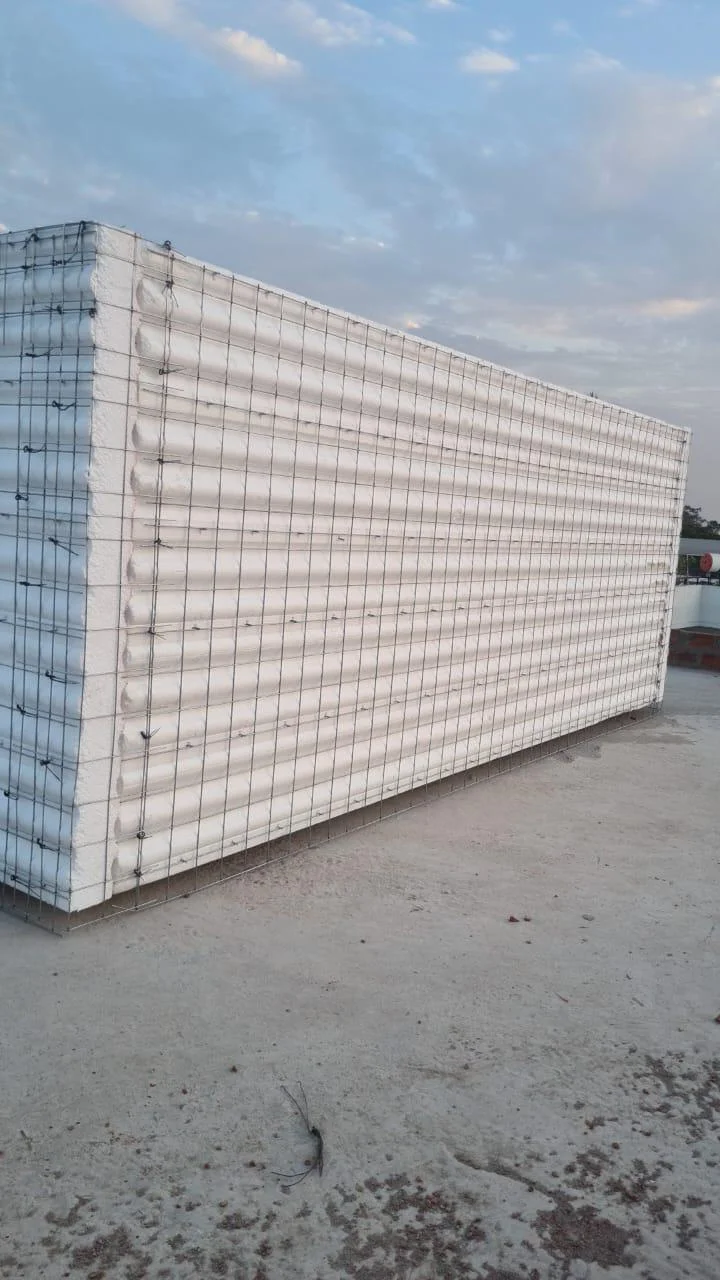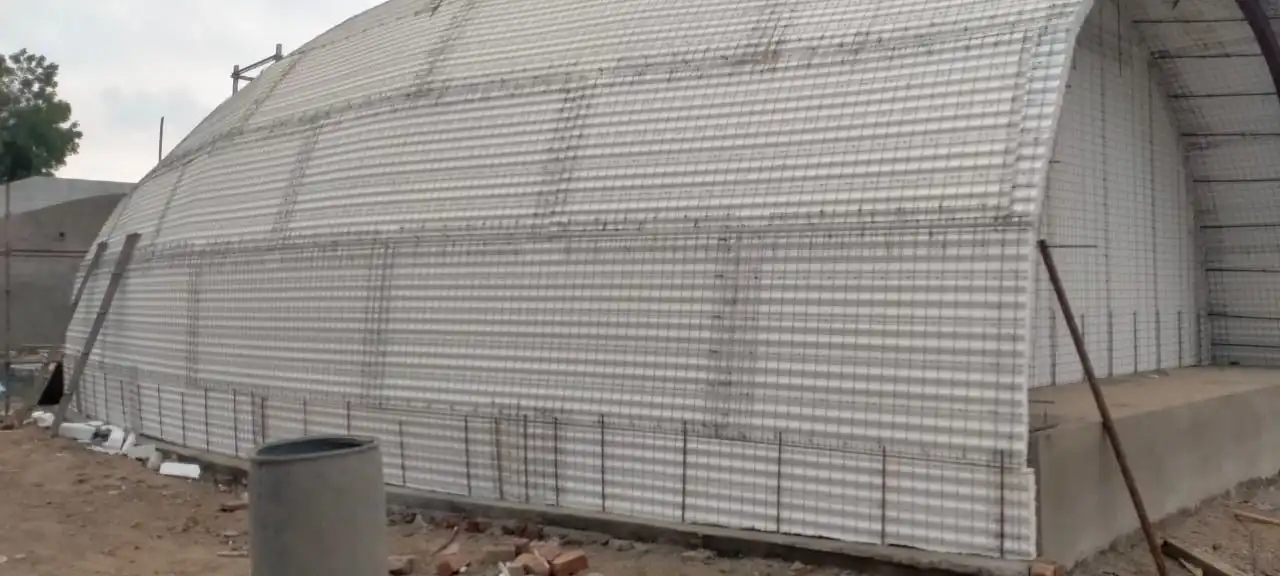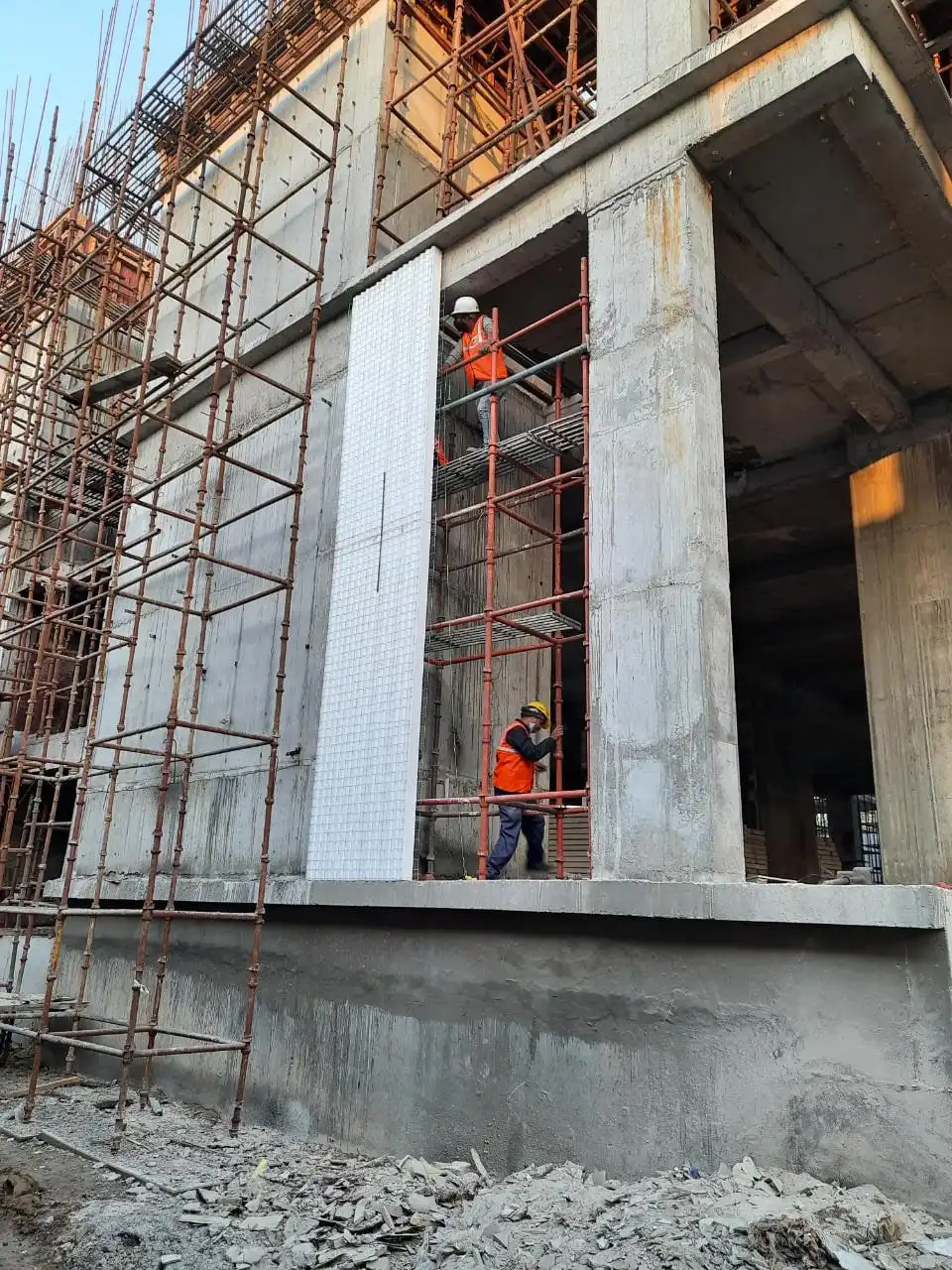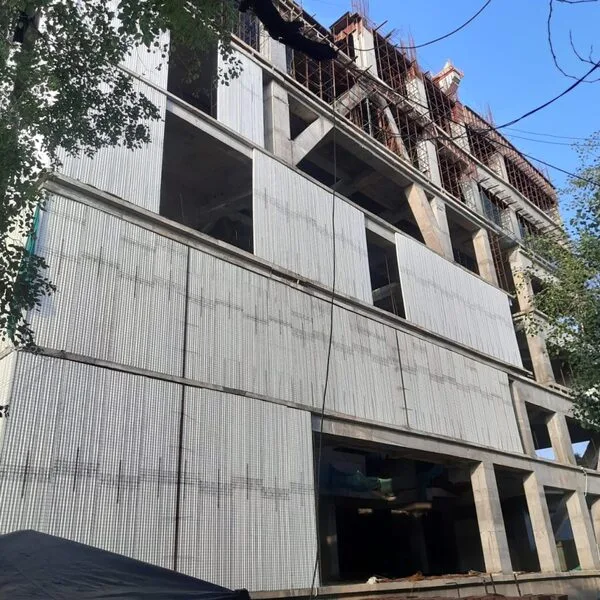In the realm of modern construction, the quest for innovative materials and techniques that elevate efficiency, sustainability, and structural integrity remains ongoing. One such evolution that stands out is the advancement of Reinforced EPS (Expanded Polystyrene) Panels, signifying a pivotal shift in construction methodologies. These panels, often underestimated in their simplicity, have seen a remarkable transformation, propelling them to the forefront of contemporary construction trends.
Table of Contents
ToggleLightweight Nature
EPS panels, initially recognized for their lightweight nature and insulation properties, have undergone a remarkable evolution through the integration of reinforcing materials. The fusion of EPS with reinforcing elements such as steel, fiberglass, or carbon fiber has revolutionized their capabilities, making them a versatile choice for architects and builders.
Diverse Construction Applications
The reinforced EPS panels have exhibited immense potential in diverse construction applications. One of the primary attributes contributing to their rising popularity is their exceptional strength-to-weight ratio. This characteristic allows for increased structural resilience while reducing the overall weight of the building, resulting in more efficient transportation, handling, and installation processes.
Maintains Indoor Temperature
Moreover, these panels offer impressive thermal insulation properties, contributing significantly to energy efficiency in buildings. This feature not only aids in maintaining comfortable indoor temperatures but also reduces reliance on heating or cooling systems, thereby promoting sustainability and cost-effectiveness.
Adaptability
The adaptability of reinforced EPS panels is another driving force behind their adoption in modern construction practices. Their ease of customization and prefabrication capabilities enable rapid assembly, facilitating shorter construction periods and minimizing on-site labor requirements. Such advantages translate into reduced construction timeframes and, subsequently, cost savings.
Furthermore, the integration of reinforced EPS panels aligns with the global emphasis on sustainable building practices. These panels are often manufactured using recyclable materials and are themselves recyclable, contributing to a circular economy approach in construction. Their eco-friendly attributes resonate with the growing demand for environmentally conscious building solutions.
Design Flexibility
In terms of design flexibility, reinforced EPS panels offer architects and designers ample creative freedom. These panels can be tailored to various shapes, sizes, and finishes, allowing for unique architectural expressions while maintaining structural integrity. Whether used in residential, commercial, or industrial projects, their versatility knows no bounds.
Looking ahead, the trajectory of reinforced EPS panels in construction appears promising. As technological advancements continue to refine materials and manufacturing processes, these panels are anticipated to become even more robust, cost-effective, and sustainable. Their integration into mainstream construction methodologies is expected to escalate, reshaping the industry landscape.
Conclusion
In conclusion, the evolution of reinforced EPS panels marks a significant milestone in modern construction trends. Their amalgamation of strength, insulation, versatility, and sustainability positions them as a formidable choice for builders seeking efficient and innovative solutions. As these panels continue to evolve and adapt, their role in shaping the future of construction seems increasingly pivotal.
With their transformative potential, reinforced EPS panels stand poised to redefine the very fabric of construction practices, embodying a future where efficiency, sustainability, and structural excellence converge seamlessly.


